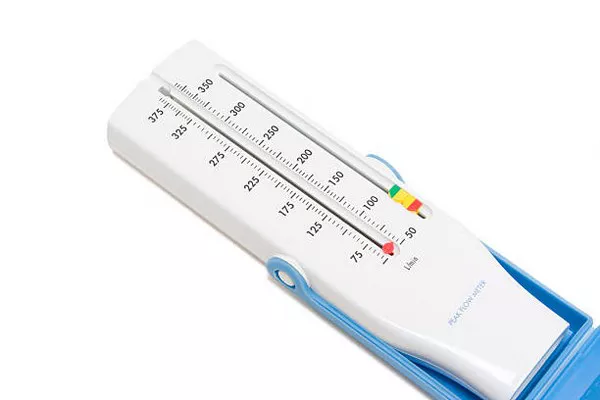The aneroid barometer stands as a testament to human ingenuity in measuring atmospheric pressure, a crucial parameter in understanding weather patterns and predicting changes in our environment. This sophisticated instrument, devoid of liquid components found in traditional mercury barometers, relies on a delicate yet robust mechanism to provide accurate pressure readings. In this article, we delve into the intricacies of the aneroid barometer, exploring its construction, working principles, and the pivotal role it plays in meteorology.
Overview of the Aneroid Barometer
A. Definition and Purpose
The term “aneroid” is derived from the Greek words “a” (without) and “neros” (liquid), encapsulating the essence of this barometer type. Unlike its mercury-filled counterpart, an aneroid barometer employs a sealed chamber with a flexible metal structure that responds to changes in atmospheric pressure. Its primary purpose is to measure and indicate variations in air pressure, which, in turn, assists meteorologists, aviators, and outdoor enthusiasts in understanding and predicting weather conditions.
B. Components of an Aneroid Barometer
Airtight Casing: The core of the aneroid barometer is an airtight casing, typically made of metal, that houses the critical components of the instrument. This casing ensures that the internal mechanism remains isolated from external factors such as temperature and humidity.
Flexible Metal Capsule: The heart of the aneroid barometer lies in a small, flexible metal capsule often constructed from an alloy of beryllium and copper. This capsule, known as the aneroid cell, expands and contracts in response to variations in atmospheric pressure.
Linkage System: Connected to the aneroid cell is a sophisticated linkage system that magnifies the subtle movements of the metal capsule. This linkage system often consists of levers and springs, transforming the mechanical motion into a more noticeable and readable indicator.
II. How Does an Aneroid Barometer Work?
A. Sensing Atmospheric Pressure
The fundamental principle behind the aneroid barometer’s operation is the sensitivity of the aneroid cell to changes in atmospheric pressure. As air pressure increases or decreases, the metal capsule expands or contracts accordingly. This responsiveness is due to the fact that the capsule is partially evacuated during the manufacturing process, creating a vacuum inside. As atmospheric pressure changes, the external pressure on the capsule either compresses it or allows it to expand.
B. Linkage System Amplification
The movement of the aneroid cell, though directly correlated with atmospheric pressure changes, is often too subtle to be directly readable. To address this, the linkage system comes into play. Comprising levers and springs, this system magnifies the movements of the aneroid cell, making them more discernible and facilitating the transmission of these changes to the barometer’s pointer.
C. Display Mechanism
The final stage of aneroid barometer operation involves the display of the pressure readings. The magnified motion from the linkage system is translated into the rotation of a pointer on the instrument’s face. The scale beside the pointer is calibrated to represent atmospheric pressure in units such as inches of mercury (inHg) or hectopascals (hPa). Users can then interpret these readings to understand current atmospheric conditions and anticipate weather changes.
III. Applications of Aneroid Barometers
A. Meteorology
Meteorologists heavily rely on aneroid barometers to monitor atmospheric pressure trends, aiding in the analysis of weather patterns and the forecasting of upcoming conditions. Rapid drops in pressure often indicate the approach of low-pressure systems associated with stormy weather, while rising pressure may suggest fair weather.
B. Aviation
In the aviation industry, accurate and timely weather information is paramount for flight safety. Aneroid barometers are integral components in aircraft instrumentation, providing pilots with real-time pressure readings that contribute to altitude calculations and overall navigation.
C. Outdoor Activities
Aneroid barometers are also popular among outdoor enthusiasts, such as hikers and mountaineers, who use them to anticipate changes in weather conditions during their journeys. Understanding atmospheric pressure variations allows these individuals to prepare for potential shifts in temperature, wind, and precipitation.
IV. Advantages of Aneroid Barometers
A. Portability and Durability
One of the significant advantages of aneroid barometers is their portability and durability. The absence of liquid components makes them less susceptible to breakage, making them ideal for use in various settings, including fieldwork and outdoor activities.
B. Mercury-Free Design
Unlike traditional mercury barometers, aneroid barometers eliminate the environmental and health concerns associated with mercury usage. This makes them a safer and more environmentally friendly choice, aligning with modern principles of sustainability and safety.
See Also What Is Instrumentation Amplifier
Conclusion
The aneroid barometer, with its ingenious design and precise functionality, stands as a testament to human innovation in the field of meteorological instrumentation. Its ability to accurately measure atmospheric pressure and predict weather changes has made it an invaluable tool in various domains, from meteorology and aviation to outdoor activities. As technology continues to advance, the aneroid barometer remains a steadfast companion in our ongoing quest to understand and harness the power of the natural world.

